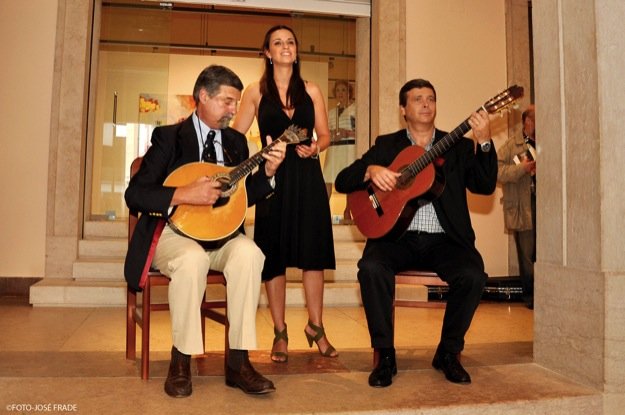Fado 1910
26 June, 2010 to 31 August, 2010
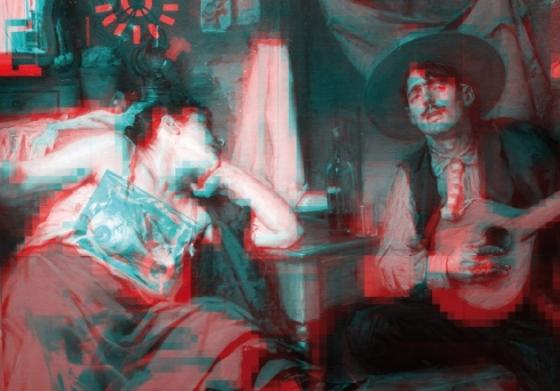
The SNBA, whose first president was José Malhoa, hosted this EGEAC, EEM / Museu do Fado’s production, where we can see for the first time exposed side by side the paintings O Fado by José Malhoa, 1910 (Collection Câmara Municipal de Lisboa) and O Fado, 1909 (Private Collection).
There will be also some studies of the work including a curious study from 1908, where José Malhoa painted a third figure in the composition.
In this exhibition we can also appreciate the painting by João Vieira O Mais Português dos Quadros a Óleo (2005), which is a fascinating parody to O Fado by José Malhoa, produced with the complicity of the Homeostéticos group (Pedro Portugal, Pedro Proença, Manuel Vieira, Fernando Brito).
In the year that the Republic centenary is celebrated, the exhibition FADO 1910 shows the strong contribution that this Lisbon song gave to the implantation of the Republic. Fado has been a major means to conveying memory and citizenship since the last quarter of the 19th century, stressing the political and ideological trends that emerged in the beginning of the 20th century.
With its growing popular consecration, Fado was a privileged tool to spread the most ambitious concepts of social and politic changes, and played a core role in the construction of an equalitarian utopia.
In the beginning of the 20th century Fado appears in paintings by the hand of José Malhoa depicting a popular, urban and macho iconographic model that – substantiating the most naturalist path of this subject – soon took a core place within this genre’s iconography.
The extensive critical fortune of José Malhoa made the incidents around the production of O Fado broadly known, that involved the cooperation of the fado singers Amâncio and Adelaide da Facada, who participated, albeit fortuitously, in establishing an identity image of fado.
Malhoa himself reveals in a 1915 interview for the newspaper A Lucta: “…On a lazy afternoon – like this one – I was in my workshop with my eyes semi-closed thinking about some vague plans. A guitar on a bench made me think of this: Who created the first fado? I was taking pleasure in that dream while all the Severas appeared before my eyes, with a cigarette in their mouths and their legs crossed, singing the melancholic song of the lost women…”
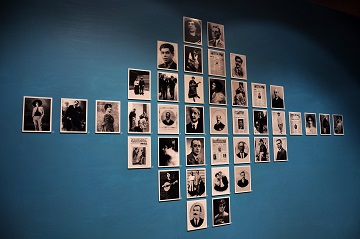
Photo: José Frade | Museu do Fado

Photo: José Frade | Museu do Fado
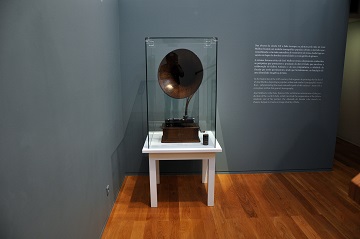
Photo: José Frade | Museu do Fado
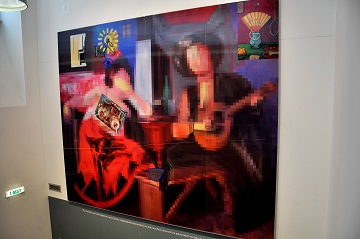
Photo: José Frade | Museu do Fado
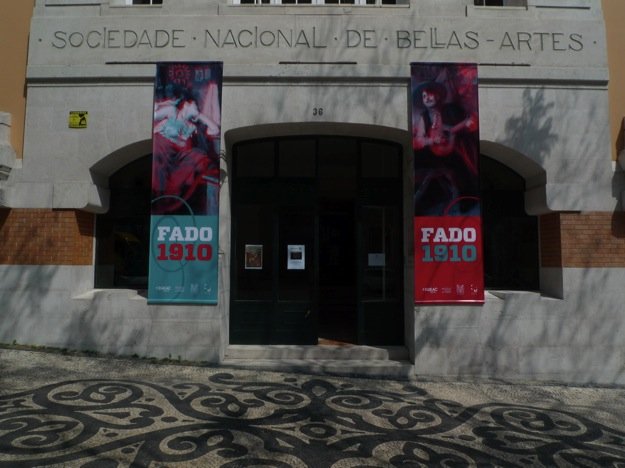
Photo: José Frade | Museu do Fado
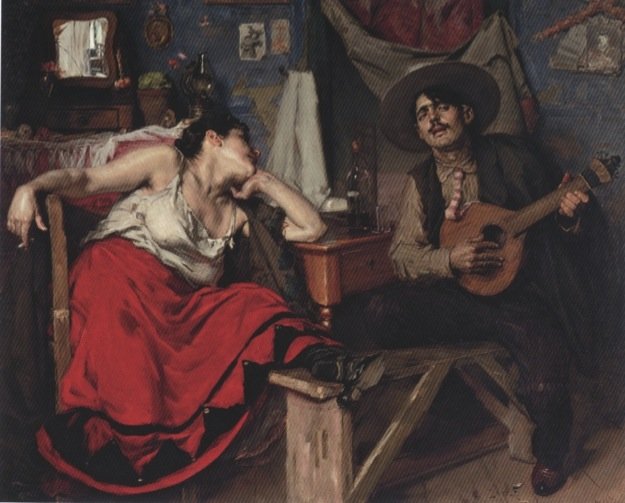
Photo: José Frade | Museu do Fado
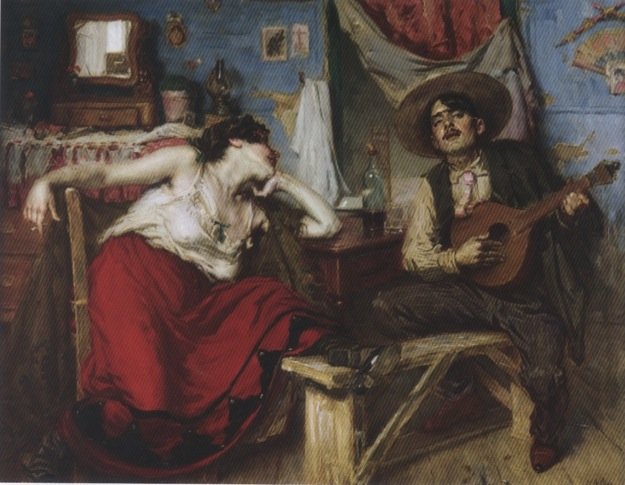
Photo: José Frade | Museu do Fado
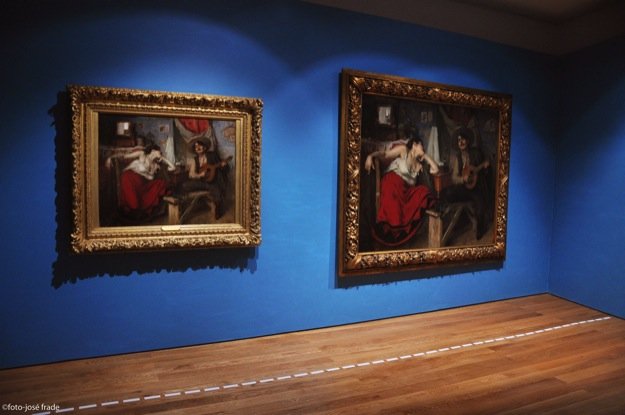
Photo: José Frade | Museu do Fado
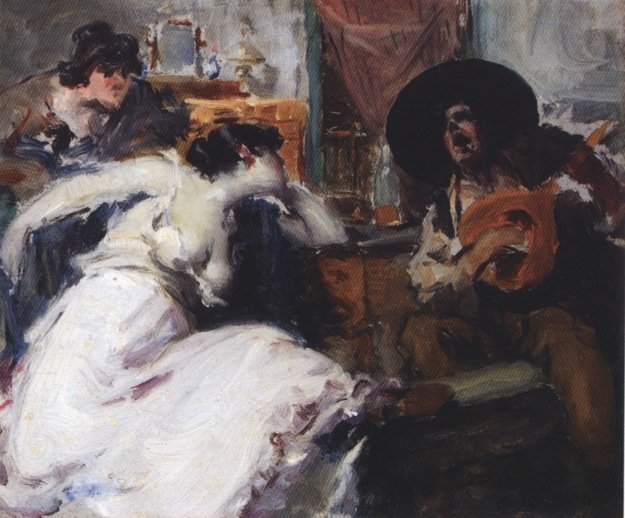
Photo: José Frade | Museu do Fado
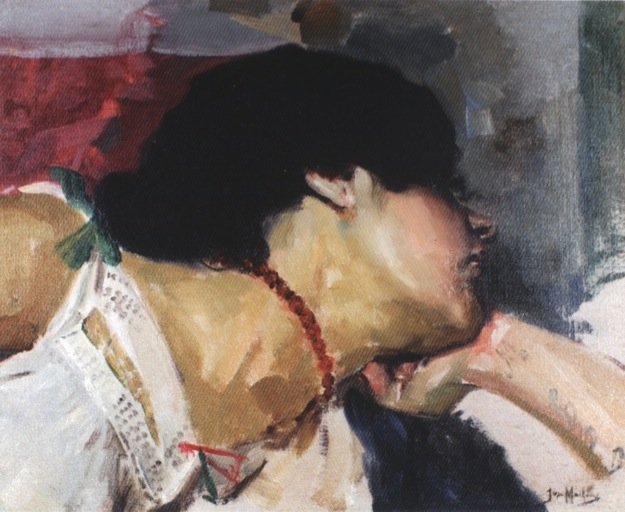
Photo: José Frade | Museu do Fado
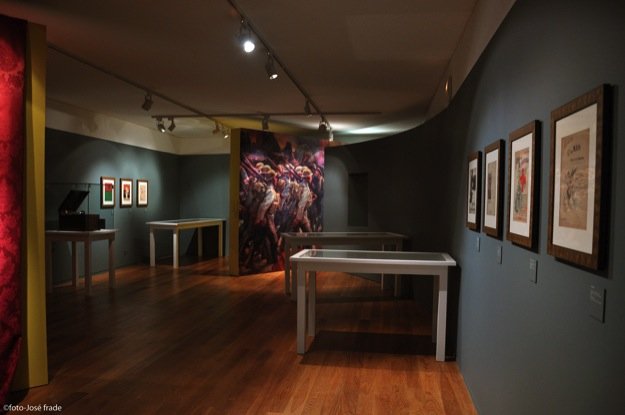
Photo: José Frade | Museu do Fado
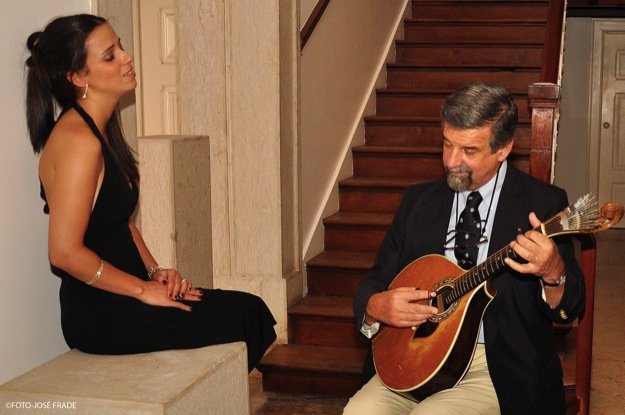
Carolina and José Pracana. Photo: José Frade | Museu do Fado
